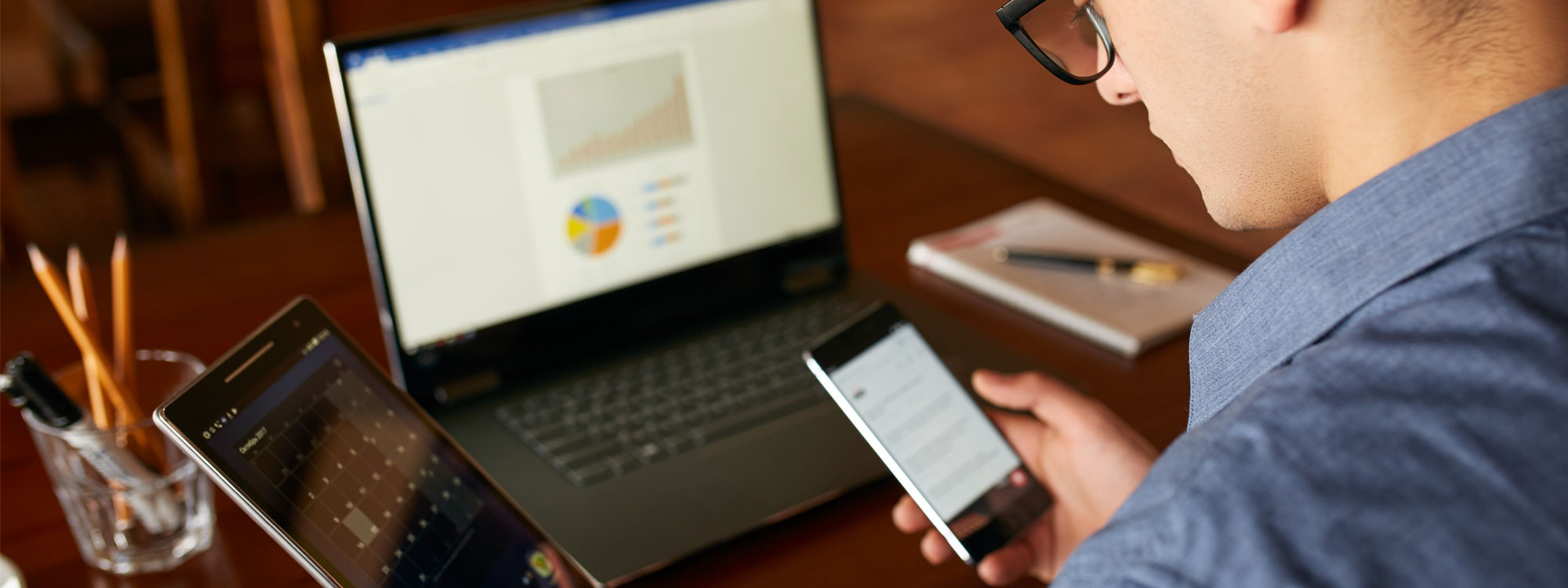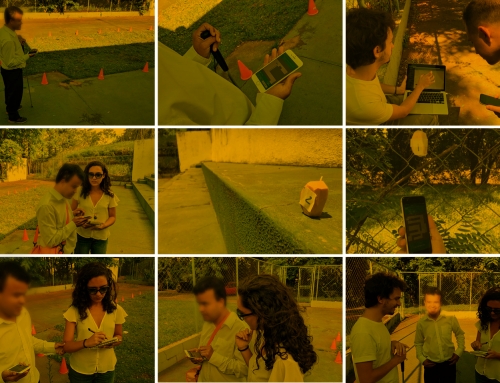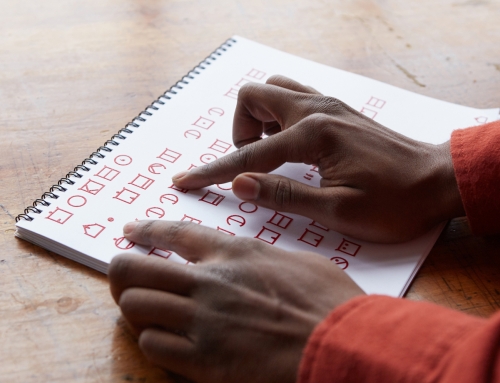A thought experiment: Imagine that your only device is a smartphone. No computer, no tablet, no Amazon Dot or Google Home. Just a phone.
From the lack of broadband access to the reliance on mobile, under-resourced families don’t always have the opportunity to adopt new technology. While there have been some improvements, the digital divide remains. And as designers, we have the opportunity to provide great experiences to all.


Think about our tech ecosystem of gadgets. Some of you may be reading this on your Samsung Galaxy or your MacBook. Maybe it’s your PC. Maybe it’s your work phone while you check the time on your Apple Watch as you ask Google Home what your calendar looks like tomorrow before you pack your iPad Pro in your messenger bag.
For many of us, the ubiquity of technology sometimes blinds us to the fact that so many consumers might only have a phone.
Why should you care?
You’re in meetings where they’re talking about ROI, or you work for a startup that needs to get people who will spend money on your products.
Remember how there was a whole uproar in the tech community about the recent Net Neutrality vote? Well, you can’t be appalled by that vote and ignore designing for the same population that will be most adversely affected by it. It’s probably one of the reasons this year’s Design in Tech report calls out inequality and the digital divide (slide 67).
“Look at not only how your design affects people, but how you can serve people with your designs.”
Plus with the politics of the day, we also know that we need to focus on more ethics in our design. That means holistically looking at not only how your design affects people, but how you can serve people with your designs.
Accessible design for under-resourced populations
We often talk about accessible design for people with disabilities. And we absolutely should. For the sake of this post, I’m going to talk about accessibility as it applies to populations with lower incomes. The following are considerations you can take action on to make your designs accessible to people from all kinds of walks of life.
1. Mobile only
In 2011, Luke Wroblewski wrote a game-changing book called Mobile First. It pushed designers and developers to change the paradigm on how we build apps to focus on mobile before desktop. Mobile First is now a common practice, even if it has its detractors. At the time of the book, and really still, building an app or website that has as great an experience on mobile as it does on desktop is just good for business.
But I’d like to propose another reason you should ensure your consumer-facing designs are mobile first: because it is inclusive.
2. Build apps that can work with limited to no connectivity
Based on Pew, nearly half (48%) of smartphone-dependent Americans have had to shut off their phones because of financial hardship.
Also keep in mind that many people use a dial-up connection. Designing your app to work even with limited internet speed gives you the opportunity to impact the lives of consumers all over the world that you otherwise wouldn’t be able to reach.
3. Connect by text
I used to work for a school district, and when we did parent outreach the most effective mode of communication was text.
Going back to the data of reliance on mobile, the parents all had phones. And while their emails may not have been connected to them, their SMS was. How do we design with this in mind? It’s already happening with chatbots communicating directly with consumers.
4. Allow people to access your designs on older devices
Because Facebook has users all across the world, they need to ensure their designs go across as many types of devices imaginable (old and new). Are your designs accessible on older devices?
With all the hoopla around Apple slowing down phones, the repercussions to us is annoyance, but to under-resourced individuals with older models it has an adversely life-changing effect.
From the Pew Study: “Smartphones are widely used for navigating numerous important life activities, from researching a health condition to accessing educational resources.”
Change for good
These are all ways to ensure our designs reach as many people as possible and impact their lives for the better. Being inclusive means bringing more people together—and that should be one of our biggest goals.
This post was originally published on Invision.




